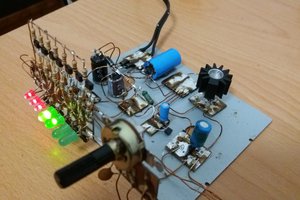Technical Specification:
- Capable of delivering output more 7000V
- Input Voltage: 12V DC
- Max input current: 3A
- PCB Dimension: 73mm x 52mm
The G1 version is a basic implementation of the Mazilli/Royer based ooscillator to drive a flyback transformer. Basically the ZVS(Zero Cross Voltage Switching) circuit topology will allowed the power MOSFET to deliver very efficient power due its switching property at zero voltage crossing between the sine
 Azri Jamil
Azri Jamil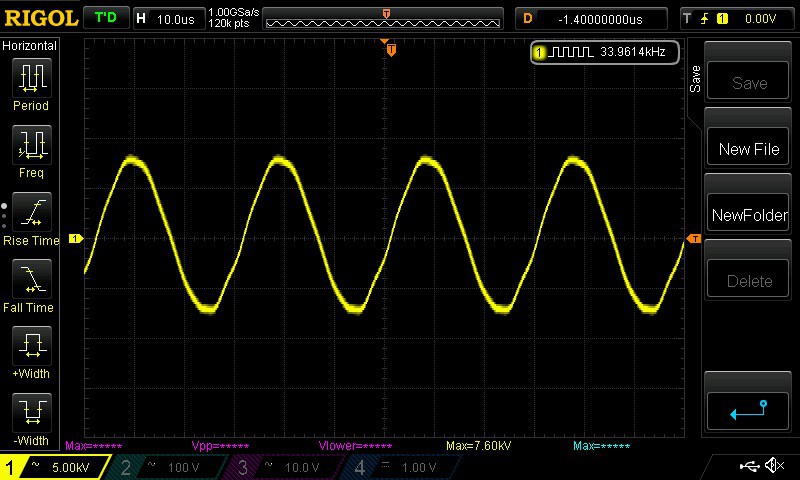
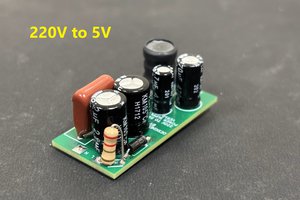
 Sagar 001
Sagar 001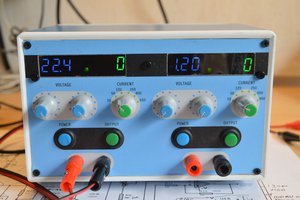
 w_k_fay
w_k_fay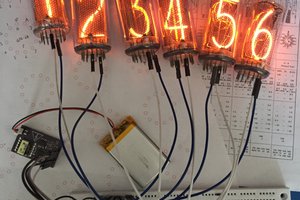
 Paul Andrews
Paul Andrews